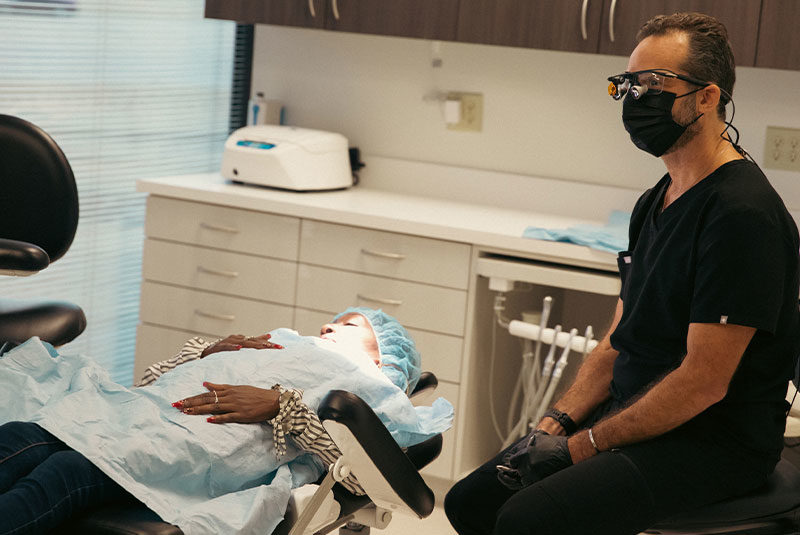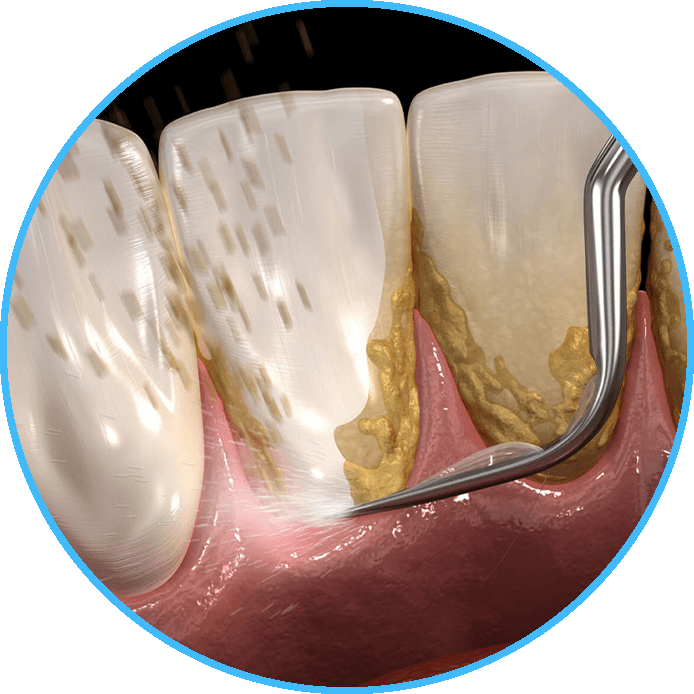SCALING AND ROOT PLANING - HOUSTON, TX
Professional Scaling and Root Planing in Houston, TX
Gum disease can be reversed without surgery when caught early. At Dr. Friedberg & Associates, we offer professional scaling and root planing as a non-surgical treatment that cleans beneath the gumline to remove harmful plaque and bacteria. This deep cleaning promotes healing, reduces inflammation, and helps prevent tooth loss. Furthermore, this procedure is often the first step in halting gum disease before it progresses. It’s minimally invasive, highly effective, and ideal for patients in the early stages of periodontal issues. Best of all, it’s a treatment backed by science and trusted by dentists nationwide. To explore more clinical insight on this procedure, visit this WebMD guide on scaling and root planing.
Request your consultation today.
Our team of dental experts is always happy to help!
Gum Disease Treatment
Why Choose Dr. Friedberg & Associates

What To Expect

After the Treatment

